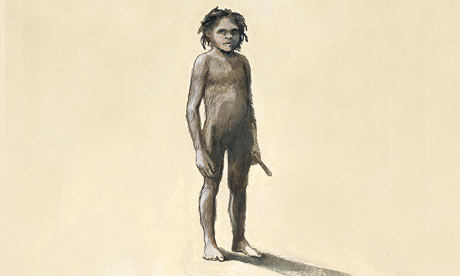Indian tribes in upstate New York has begun to adopt an idea that has been around since the early 90s: growing and selling their own tobacco, in part to evade paying tax for cigarettes. This is a respectable move on the tribes part, but it seems difficult to draw the line at where it becomes harmful to the states tax revenue. The perspective of the tribes is that they're simply doing what they need to do to avoid poverty and just be able to make a living. I understand this and since these tribes are federally recognized and can sell items without tax, there does not seem to be a problem at first glance. However, when digging deeper, it seems that this practice may become damaging to the states revenues. Some tribes sell their cigarettes for around four dollars a pack, which is less than the tax alone when buying through a typical New York gas station or convenience store. This loss of revenue could potentially be damaging and I think the role the government should play is something along the lines of what the Altria spokesman, David Sutton, said: “All cigarettes sold to non-Native American New Yorkers need to be tax-paid — regardless of who manufactures them — or New York State will continue to lose legitimate and significant tax revenue, and law-abiding retailers will continue to be impacted by cigarette tax evasion.” This makes sense and while it may seem like this fix is unnecessary or over-controlling, it seems to be the only option to prevent a significant loss in tax revenue in the future.
Nytimes article: Link to article
Connect With Us on Twitter
Follow@NYTNational for breaking news and headlines.







